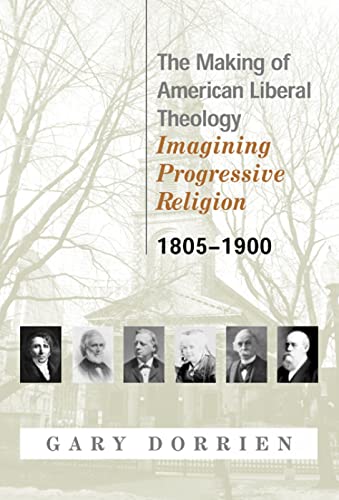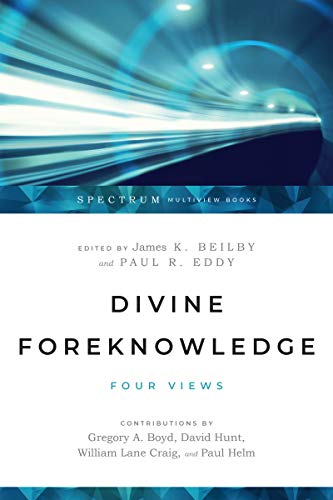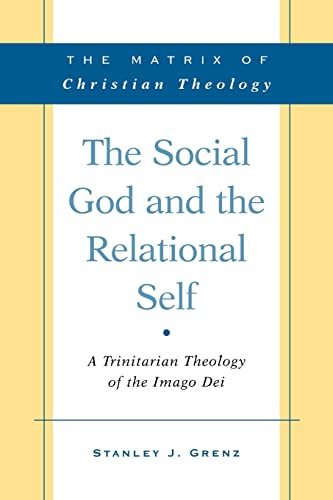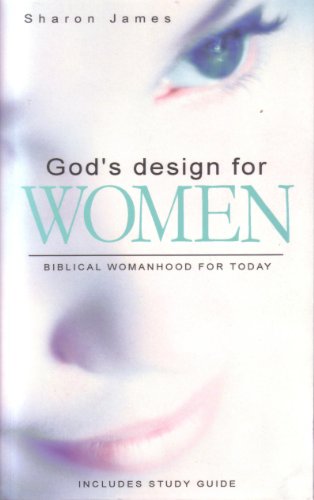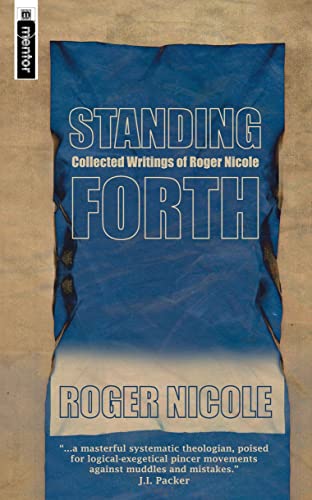MAKING OF AMERICAN LIBERAL THEOLOGY: IMAGINING PROGRESSIVE RELIGION, 1805–1900
Written by Gavin Dorrien Reviewed By D.W. BebbingtonTheological liberalism is treated very reasonably in this study of its expression in nineteenth-century American theology as a third way between theological conservatism and rationalistic radicalism. Consequently Gary Dorrien, who is Distinguished Professor at Kalamazoo College, covers a diverse range of thinkers, some professedly Unitarian, some anti-credal and some definitely orthodox. In the concluding summary the one major common theme is said to be that, because the spirit can triumph over human nature, sin can be outgrown, but even that belief would not have been upheld by Charles Briggs, probably the most evangelical of the figures examined here. The author, however, is aware of the great variety of positions represented by his individuals, and one of the merits of the book is that there is no attempt to lump them together, either for praise or blame, as a single entity, The analysis begins with discussion of William Ellery Channing, a fascinating thinker poised between the Arianism of Richard Price and the Romanticism of William Wordsworth. The Transcendentalists, whose Romantic leanings took them beyond traditional Unitarianism, as expounded next. Ralph Waldo Emerson’s Divinity School Address of 1838 is rightly taken as a theological statement and not just as a manifesto of a literary doctrine; and Theodore Parker’s view that Christianity’s moral intuitions would be true even if Christ had never lived is situated in its context. The greatest of the American liberal theologians, according to Professor Dorrien, was Horace Bushnell. His declaration in 1849 that theological language is never more than figurative might have been expected to precede some highly radical pronouncements on specific doctrines, but on the contrary he soon elaborated a defence of trinitarianism and went on to try to marry an objective understanding of the atonement with a subjective version. Henry Ward Beecher, whose style of belief was far less doctrinally grounded, was the man who first popularised liberalism. He was followed by the school professing the New Theology, including Theodore Munger and Washington Gladden, who tried to wield liberal thought into Evangelical faith, though with rather shallow results. The academics who towards the end of the century started to incorporate biblical criticism and evolutionary teaching into theology form the last of the surveyed groups. In the course of the discussion a variety of other content is introduced. While some of the biographical material illuminates the personalities of the theologians, other sections—on feminism, for example, or on the details of the scandal in Beecher’s life—hardly belong in a volume on the history of theology. The German influences are properly documented, and the supremacy of S.T. Coleridge in pointing the Americana figures in a liberal direction is frequently mentioned. But the extent to which the theologians of Britain and America formed a single community is brought out less than it could be. At one point Samuel Davidson, of Lancashire Independent College, is treated as an American (344); and on the same page the author refers to ‘mainstream American Protestantism’ when the primary source quoted speaks of ‘Our Anglo-American scholars’. Nevertheless Professor Dorrien has provided a very useful summary, replete with welcome quotations, of the heterogeneous American branch of Anglo-Saxon liberalism. His final sentence is worth pondering: only too belatedly, well into the twentieth century, did those who sought to free from traditional forms of authority begin to question ‘whether they had granted too much authority to modern culture’ (411).
D.W. Bebbington
University of Stirling


